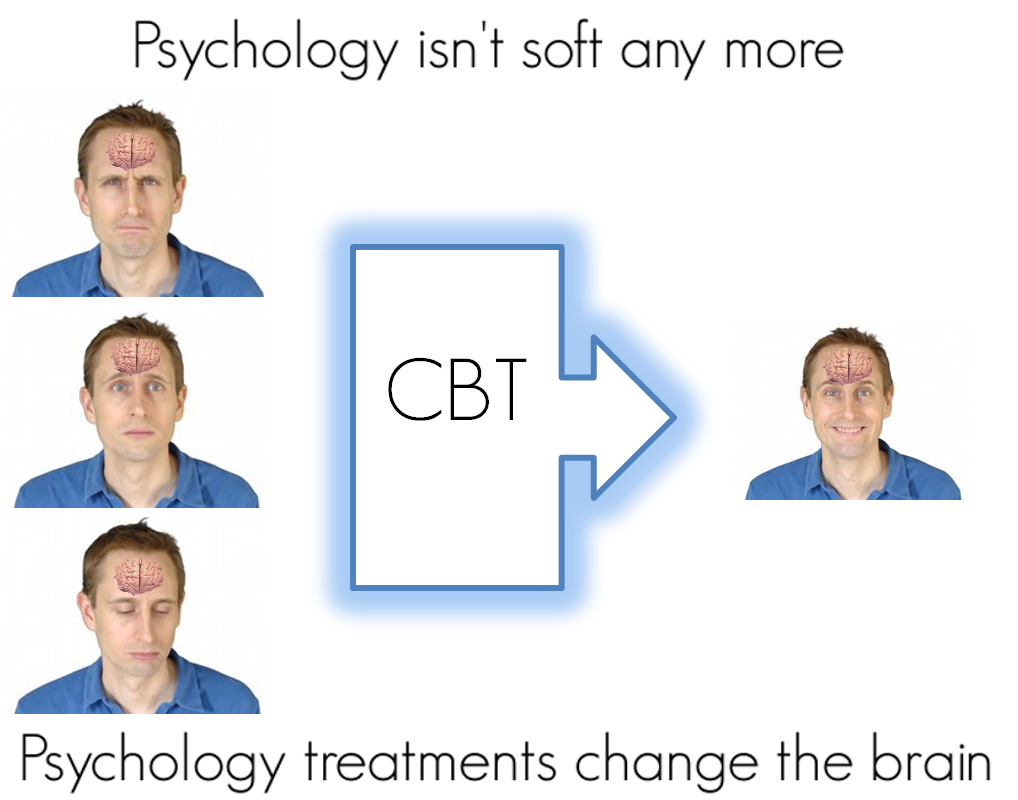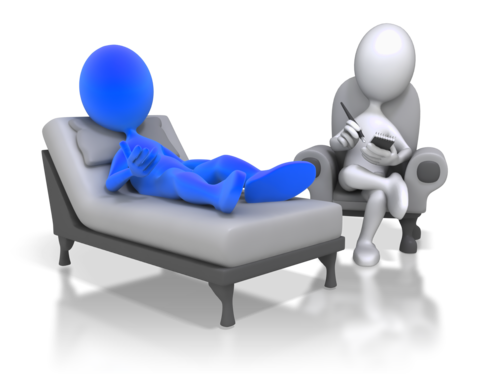If you regularly read mental health or science blogs, you’ve probably seen some recent posts about the controversy over DSM 5. There is quite a bit of controversy about it, so in this blog I’m going to give an overview, and share some of my thoughts.
What is the DSM?
The “Diagnostic and Statistical Manual of Mental Disorders” (DSM) is a manual published by the American Psychiatric Association (APA) that defines mental disorders, and specifies the criteria for a clinical diagnosis. In other words, it is the commonly accepted authority for answering the question: does person X have the mental disorder Y?
The APA periodically publishes updated versions of the manual to reflect the latest research findings. The first version was published in 1952, and the 5th version (DSM 5) was published earlier this month. Since there is quite a bit of time between publications, it usually generates a lot of interest.
What is the controversy about?
Each version of the DSM introduces new disorders, and updates the criteria for existing ones. This leads to the following situations:
- Some previously “normal” conditions are now a diagnosed mental illness. There is some concern that this will lead to drugs being prescribed to people who don’t really need them. Furthermore, some feel that the latest version of the manual goes too far, over-diagnosing the general population. Some professionals estimate that up to 50% of people now fit the criteria for at least one mental disorder. At what point does a “disorder” become normal human behavior?
- Some people will lose their diagnosis. In some cases, this could lead to individuals losing access to healthcare benefits they have come to rely on.
In both cases, the people and their symptoms haven’t changed. The only change is that a manual has been published.
The tyranny of the discontinuous mind
I believe many of the problems are related to what Richard Dawkins calls the “tyranny of the discontinuous mind”. We seem to have a natural inclination towards putting things in discrete categories, even when no such categories exist in nature.
The goal of a diagnosis is two divide people into two groups: those who have a disorder, and those who don’t. However, most mental disorders exist on a spectrum, and there is no precise boundary that cleanly partitions people into these categories. Any attempts to define such a boundary will inevitably lead to disagreements, since some people will argue the criteria should be relaxed, and others will argue they should be stricter. This is an unavoidable consequence of information loss when applying a threshold to a spectrum.
This is not an easy problem to solve. There are practical reasons why it is useful to have formal criteria for a diagnosis. For example, how else would a healthcare insurance provider decide who is eligible to be covered for a treatment? Therefore, the DSM plays a vital role in mental health treatment.
The main lesson is that a clinical diagnosis is only part of the story. People with mild symptoms can benefit from therapy, even if they don’t fit the criteria as specified in the DSM. This has some implications for online treatment, which I’ll talk about in a future post.

Fjola Helgadottir, PhD, MClinPsych, is a clinical psychologist, a senior research clinician at the University of Oxford, and is a co-creator of AI-Therapy.com, an online CBT treatment program for overcoming social anxiety



